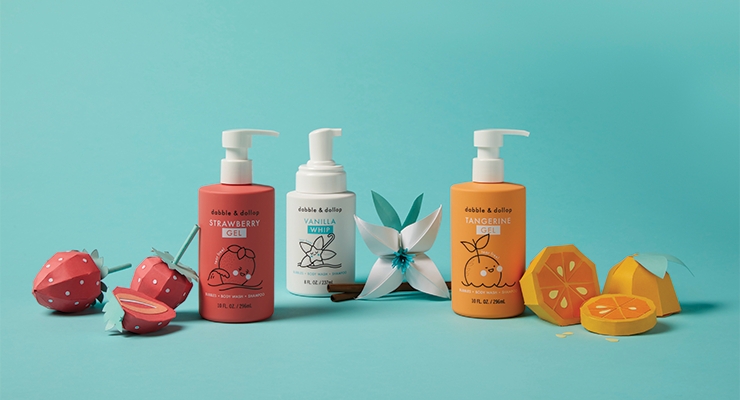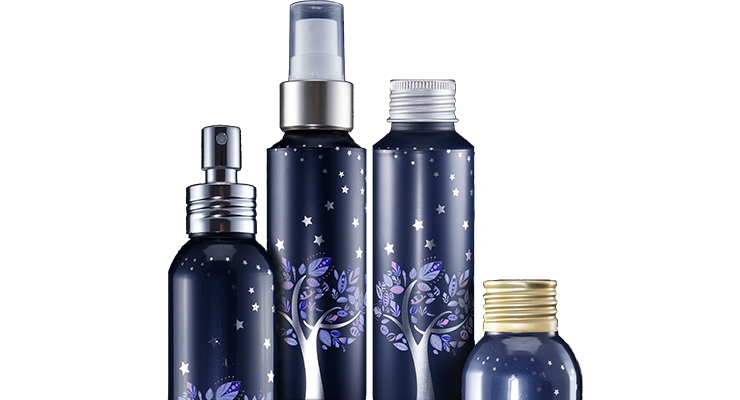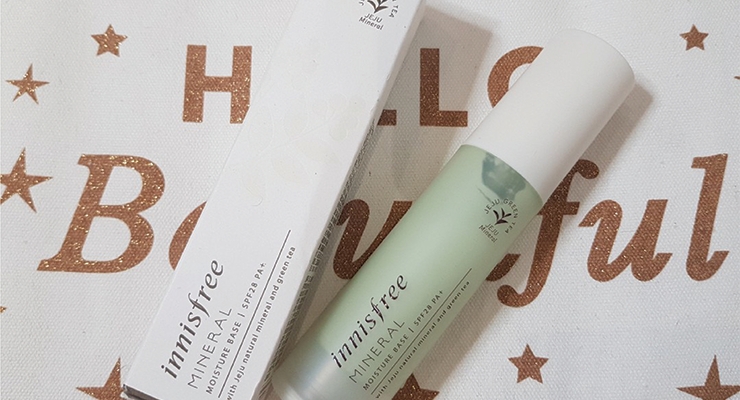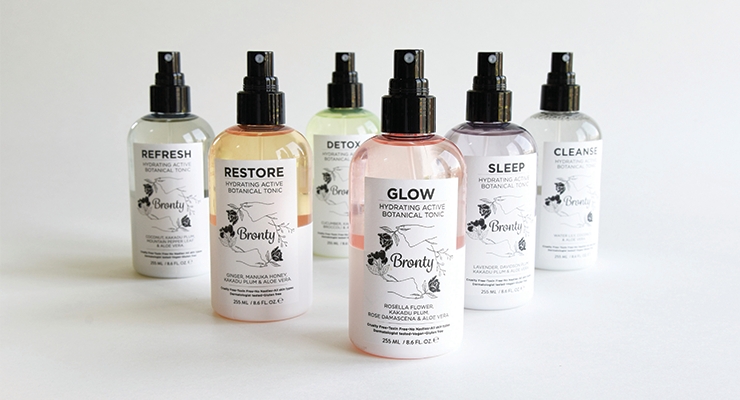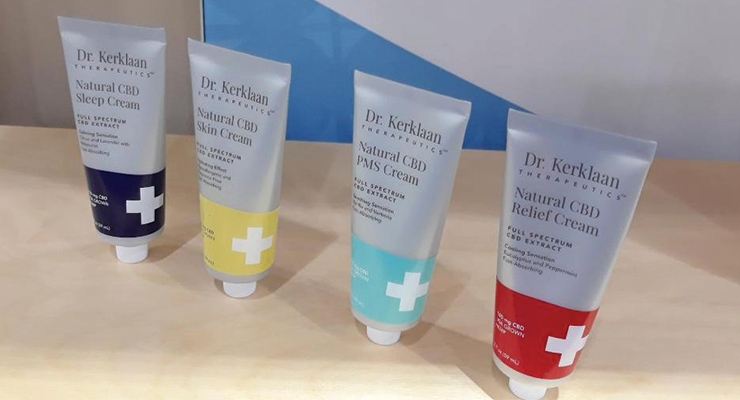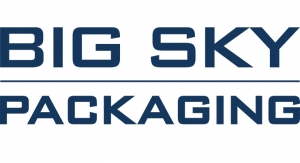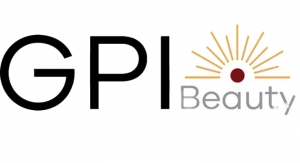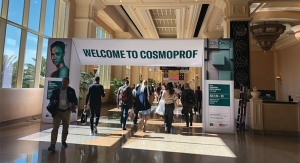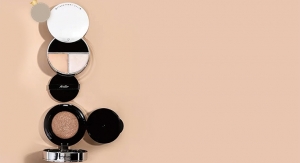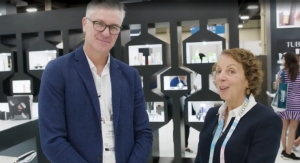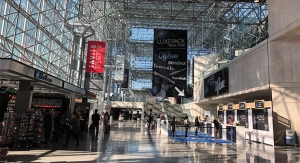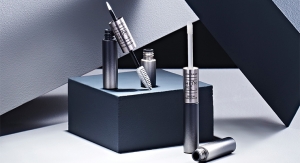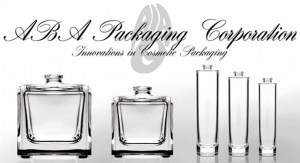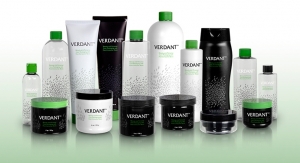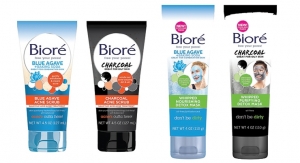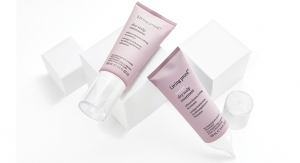Joanna Cosgrove, Contributing Editor11.01.19
Getting a foothold in the beauty and personal care product segment is difficult for new and emerging independent brands. In addition to the challenges associated with formulating and securing distribution, packaging can also represent formidable roadblocks for Indie brands, especially when it comes to managing the cost of high minimum order quantities (MOQs).
Fortunately, packaging suppliers are embracing the practice of offering lower MOQ packaging options to help smaller brands realize their goals without breaking their budgets.
“Like all of the established cosmetic and fragrance brands that preceded them, Indie brands are not coming out of the gate buying truckloads of anything,” comments Michael Warford, director of sales, ABA Packaging Corp. “They need packaging sources that can help them to achieve their desired look and efficacy in small quantities to start with, in order to test the market and to reserve finances.”
In the early phases of finding a place in a highly competitive market, risk minimization is of the utmost importance, says Tony Son, general manager, SamHwa USA Inc., adding that the cost structure of low MOQ packaging enables small batch test marketing without a huge investment. Once the brand receives market feedback, a low MOQ approach also has the baked-in flexibility for adjustments. “If there are some minor issues or a better way to improve product, brands could easily adjust that in the next batch,” he says.
Warford agrees, remarking that speed is essential. “Stock packaging options with low MOQs offer Indie brands speed-to-market by allowing quick access to samples for proper testing protocols, and overall quick access to packaging products for production processing,” he says.
Low MOQs are most easily offered in glass products, says Warford, as they are typically manufactured clear and can be decorated in many ways quickly and efficiently to achieve line image and branding appeal. “Plastic products in custom colors are a bit more challenging at low MOQs,” he says. “In-mold coloring of the plastic is usually the most advantageous option to achieve a desired look in plastic packaging. It is impossible to maintain shelf-stock of every desired color option, so it is important to be able to supply colored plastic packaging options at the lowest MOQs possible.”
Beyond offering an array of custom-colored and decorated plastic packaging, ABA also offers eco-friendly aluminum bottles, cans, and jars in MOQs of 10,000 pieces.
Packaging Partnerships
For new brands still learning the industry ropes, low MOQ packaging supplier partnerships can also offer welcome market navigation expertise.
Damien Dossin, senior vice president of sales and marketing, Innovation Labs Inc. (ILabs), says low MOQ suppliers often have a solid grasp on pairing formulations and packages and can help those new to the business avoid potential setbacks with ease. “Testing and regulatory requirements, operations and back-end fulfillment can be a nightmare to the uninitiated,” he says.
Complementing low MOQ packaging, ILabs is a turnkey company that offers a library of standard formulas already paired with attractive packaging that can help a brand get to market quickly. “We develop and/or source appropriate packaging to perfectly match a customer’s brand image [and] will conduct all formula and package compatibility testing, while making sure regulatory requirements are satisfied,” he says. “We are focused on helping Indie brands get up and running as well as offering established brands unique products to grow their business domestically and overseas.”
ILabs’ MOQ for stock formulations can be in the 500-1,000-unit range per SKU and turnaround times depend on availability of packaging and ingredients, but Dossin says the company is focused on speed to market.
ABA Packaging has also positioned itself to be a primary packaging resource and development partner for Indie brands, assisting with packaging-related guidance and advice, and by providing sources and contacts in the industry for other services like design, testing, regulatory and filling.
On the packaging front, ABA maintains close to a million dollars of on-the-shelf, “ready to ship” glass and plastic bottles and jars, dispensers, caps and closures that are ready for customization. “To give these generic products ‘Brand Image’ and a look that the Indie entrepreneurs desire, ABA offers decorating in very low quantities like spray coatings and screen printing,” says Warford. “In slightly higher quantities, but still with low MOQs, we can offer hot stamping and label development and applications.”
Low MOQ partnerships also aid with product scalability, which can be helpful for Indie brands that have gained market traction and for established brands testing the waters with a new product.
SamHwa recently worked with Innisfree on its Innisfree Mineral Moisture Base foundation product, for which the company sought an airless system in a quantity of 5,000 pieces. SamHwa delivered, and although the package is fairly standard looking, an all-matte finish coating with two-pass silk screening made all the difference in terms of customization.
Companies that specialize in accommodating low MOQ needs also offer a built-in flexibility especially suited to newer brands hoping to make it big. For instance, Bronty Beauty turned to Big Sky Packaging for help finding the right packaging to house a line of Cellulose Extraction products. The brand sought 500 Boston Round bottles for its six SKUs, with 1,500 bottles per color in two-, four- and eight-ounce sizes. “Boston Round bottles are very common [and] not too many factories get excited over 500 piece runs, but the customization of this quantity was the true challenge,” recalls Erin Dutton, president of Big Sky Packaging.
The PET bottles were topped with fine mist face spray pumps and feature wine stock labels. Each product in the line is visually identified via one of six custom spray coat colors with a masked white bottom spray.
Global Packaging Inc. recently demonstrated its flexibility with two clients, doTerra and Pierre F Skincare. Global Packaging worked with its distributor, Casepak, to accommodate doTerra’s need for 15,000 laminate 0.5-ounce tubes that ideally have an MOQ of 50,000 to house its Correct-X multi-purpose, skin soothing ointment. “doTerra wanted to print the tube for a different country hence the demand was not high to begin with,” comments Global Packaging’s Vinay Upasani, president, adding that the tube was accented with tasteful, two-color printing.
Similarly, Pierre F Skincare needed 5,000 5.5-ounce oval tubes per SKU for its line of facial cleansers and scrubs. “Our ideal MOQ is 10,000 per SKU on the plastic tubes, but we do offer an MOQ of even 5,000 from time to time,” says Upsani. “We are also sometimes flexible to run lower MOQs on laminate tubes depending on the complexity and potential of the business.”
Paperboard Advantages
In the case of low MOQ paperboard packaging, although the cost per piece can be significantly higher by percentage, the overall delivered cost of short run folding cartons is more manageable than MOQs for traditional offset press run, explains Neal Haussel director, strategic business development and sustainability, Iggesund Paperboard Inc.
“Given the ever-changing landscape of cosmetic regulatory compliance, producing large inventories of folding cartons when product sales are low can mean lots of obsolete inventory for emerging Indie brands,” he says. “Similarly, differences between markets from a regulatory compliance perspective can make entering new markets cost-prohibitive for emerging brands.
“Specifically, the quality of digital print and addition of the B2 sheet format for digital printing presses has allowed emerging brands to use packaging to build a premium brand identity. Digital print has enabled brands, be they small or large, to augment package design to better align with geographic demographics, or even create personalized packaging designs.”
Haussel continues that while short-run paperboard packaging limitations have historically focused on post-press finishing, advancements in technologies like foil, spot coatings and even die-cutting/scoring and folding options now exist for low MOQ options.
As a premium paperboard manufacturer, Iggesund doesn’t provide finished packaging solutions, but does endeavor to develop its own relationships with brand owners. One such relationship was with FACE Stockholm, a Swedish producer of cosmetic products which include lipstick, mascara, eyeliners, cream blush, liquid eyeliner, highlighter, eye pencils and moisturizers.
“FACE Stockholm’s challenge was an enormous SKU range [and] each SKU required a different size folding carton and a unique PMS color, but low print volumes,” Haussel says.
FACE Stockholm enlisted Nosco to print its folding cartons on an HP Indigo 30000 press, and utilized Iggesund’s Invercote premium grade paperboard—a medium often used by larger global brands for more costly offset runs, but which can be identically run on digital presses with no need for unique coating formulations to yield true print reproductions.
In an interview published by FACE Stockholm, the brand lauded Iggesund for its dedication to sustainability, pointing out that the brightly colored paperboard used for FACE Stockholm boxes is sourced from sustainably managed Swedish forests, and that the Iggesund mill itself is actually biofuel-powered.
“I grew up in an extremely environmentally conscious Swedish home, meaning that every single scrap of paper needed to be disposed of in the right recycle bin—nothing went to waste—not-a-thing,” exclaims Martina Arfwidson, CEO of FACE Stockholm, noting that both FACE and Iggesund shared not only Swedish roots but also similar ecological values, which the company proudly displays in its minimalistic but vividly colorful packaging.
Stock Mold Options
Another facet of the low MOQ business is the use of stock molds to create customized packaging. While this route does cost more than customizing stock packaging in low quantities, Josh Edmonson, business development manager/new business development, Berry M&H, says the path offers unique benefits and ultimate brand scalability.
“As the independent beauty and personal care market has grown from a more niche portion of the industry toward the mainstream, the need for packaging that stands out among the competition has become more prevalent,” he says. “In years past, small brands were forced to compromise and purchase off-the-shelf, highly commoditized packaging, settling for a package that didn’t necessarily reflect how unique their product was.”
Edmonson says Berry M&H’s “small cavitation platform” gives entrepreneurial brands the ability to create a unique package with a typical MOQ of 10,000 units and “a low cost of entry.” Berry M&H stocks more than 1,500 unique molds in its catalog, and Edmonson says the company’s low MOQ model “lets brands get into a package that will be as unique as they are.”
The model additionally allows Berry M&H to customize stock packages using non-traditional material options, custom colors and unique finishes, and enables a breakdown of various print SKUs across the same bottle to give brands even more flexibility with their order quantities. “In prior years, independent brands were forced to settle for pressure sensitive labels for decoration, but our quick changeover print presses give brands access to high end silk-screen printing, as well as hot foil stamping,” Edmonson explains. “With speed-to-market being so essential to getting new brands into the mix, the small cavitation/quick changeover model gives us the ultimate flexibility to produce a quality package quickly to meet launch dates.”
And once a brand gains market traction, the model is scalable and transferrable. Edmonson says as brands grow beyond the initial platform they can transfer the business to a higher Berry M&H cavitation platform to help keep costs controlled.
The company custom built an 8-ounce Short Tubular Foamer and a 10-ounce Short Tubular bottle with an HDPE PCR inner layer and Soft Touch outer layer with two-pass printing to house a three-scent line of Shampoo, Body Wash & Bubble bath products for kids for personal care company, Dabble & Dallop. “Our model, with low cost of entry for custom tooling and complete project management, appealed to Dabble & Dollop as it allowed them to enter the market quickly with packaging that was unique as well as functional for parents to use one-handed during their kid’s bath time,” said Mike Cabanski, Berry M&H’s sales director, beauty and personal care.
Berry M&H also supplied packaging for Dr. Kerklaan Therapeutics-Natural CBD and Hemp cream in four formulations, provided in extruded tubes printed in three colors on a silver substrate. “There were two sizes for each formulation for both hemp and CBD extract versions, for a total of 16 SKUs, each with unique graphics,” explains Cabanski, noting that the MOQ was 10,000 for each SKU. “Dr. Kerklaan was looking for U.S. production to avoid challenges moving product in from Canada [and] our U.S. plant in Easthampton, MA, offered a solution where they were able to run all 16 SKUs in the U.S. and meet customer demand in this quickly developing market.”

